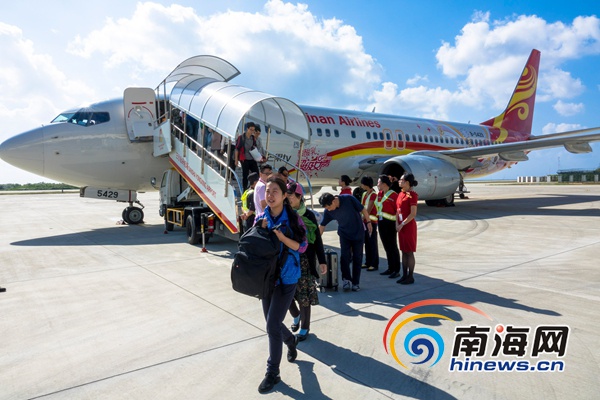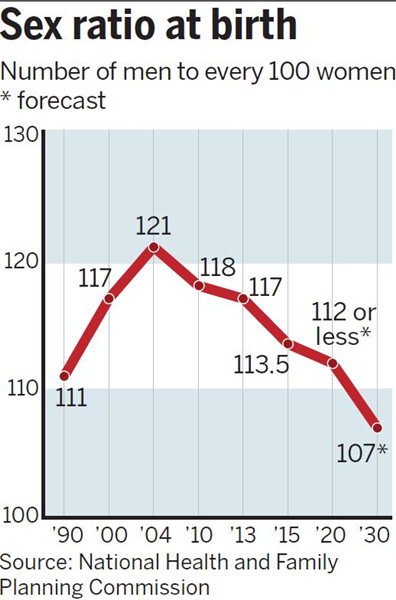Charter flights to Sansha make trips easier
 |
|
Passengers get off a charter flight at Yongxing Airport in Sansha city of south China’s Hainan province on Thursday, January 26, 2017. [Photo: hinews.cn] |
A charter flight linking China’s southernmost cities of Haikou and Sansha is taking Chinese home to their loved ones in Sansha for the upcoming Chinese lunar New Year.
“Eventually I can see my daughter during Spring Festival,” said Li Chang’an who arrived at Yongxing Airport, Sansha, Thursday morning, together with 112 other passengers.
He came to Haikou from his home in central China’s Henan Province to catch the flight to Sansha. His daughter is a civil servant at Sansha’s industry and commerce bureau.
The charter flights started five weeks ago from Haikou, capital of Hainan, to Yongxing Island, one of the Xisha Islands and the administrative base.
Li could have joined his daughter last Spring Festival by sea but never made it, fearful of a voyage of more than 10 hours.
An air ticket to Sansha might be the best gift that Jin Honglian has ever received. Wife of a soldier stationed in Sansha, Jin previously had to lay in bed for more than 10 hours because of seasickness when she visited her husband. With the charter flight, her trip is much shorter and more comfortable.
“I’m planning to spend more time here with my husband,” said Jin, who also enjoyed a discount for military families.
Sansha City was officially established in 2012 to administer the Xisha, Zhongsha and Nansha Islands, and their surrounding waters in the South China Sea.
The daily charter flight has carried more than 3,300 passengers since Dec. 22.

